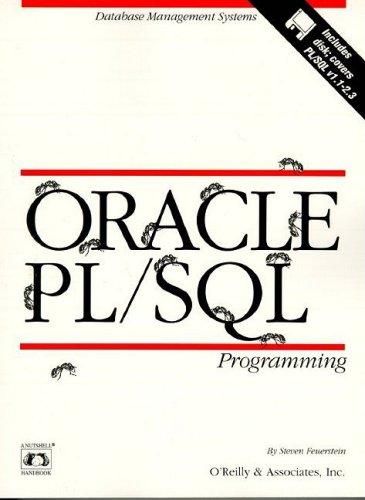hello i need this assignment done in a few hours , please help me out

Page 1/3 Q1 (10%) Create a new worksheet named Q1. Use Excel solver to solve the following equation: Save your work. Please note that I grade your answer completely based on your solver configuration. Q2 (25%) Create a new worksheet named Q2. A company needs to buy two types of machines. Each type-A machine costs 1 million dollars and each type-B machine costs 1.5 million dollars. The company is figuring out the total cost of buying these two types of machines. (1) In worksheet Q2 build a model that calculates total cost of buying machines given two inputs: the number of type-A machine to buy, and the number of type-B machine to buy. For example, if 2 units of type-A machine and 3 units of type- B machine are purchased, then total cost is 12+1.53 million dollars. Of course, your model should be able to calculate total cost given any combination of the two inputs. (2) In the same worksheet use a two-way data-table to perform a what-if analysis. In the table, each of the two inputs (discussed above) change from 0 to 10 with an increment of 1 , and the table shows the corresponding total costs. Figure below shows the data table. For example, the active cell in the figure shows 5.5 (million dollars), which is the total cost of buying 1 (highlighted in the figure for illustration purpose) unit of type-A machine and 3 (highlighted in the figure for illustration) units of type-B machine. Please note that you are required to use data table to solve this problem. When a data table is created, Excel assigns a formula to each cell inside the data table. If I couldn't find formulas inside your data table, my conclusion will be that you manually entered data and you then gain no credit. Q3 (30%) Create a new worksheet named Q3 and in the new worksheet finish the following question: Below is a payoff table in which every number is cost. nuarnene 1 niamene 3 Also, the probabilities of the outcomes are: Probatilites 305n. 70s. Task 1: calculate the EMVs of the five choices given information above. Which choice is the best? Please note that regarding cost, the lower the better. Task 2: in the same worksheet, perform a sensitive analysis: let the probability of outcome 1 change from 0 to 100%, and identify (1) the range of this probability in which choice 1 is the best strategy and (2) the range of this probability in which choice 5 is the best strategy. Please present all the steps taken. I grade based on your steps, not on final result. Simply put down a sentence like "when the probability is between 5% and 10% choice 1 is the best" will gain no credit no matter whether the upper and lower limits are correct. Q4 (20\%) Create a new worksheet named Q4 and in the new worksheet finish the following question: Below is a payoff table in which every number is cost. Use the minmax regret criteria to determine the best strategy. Q5 (15\%) Create a new worksheet named Q5 and in the new worksheet finish the following question: Below is a payoff table in which every number is profit. Please note that the table in this question may look the same as in the previous question, however they have totally different meanings. Outenme 1 Cultenme 2 Cunesme 3 Use the conservative criteria to determine the best strategy









